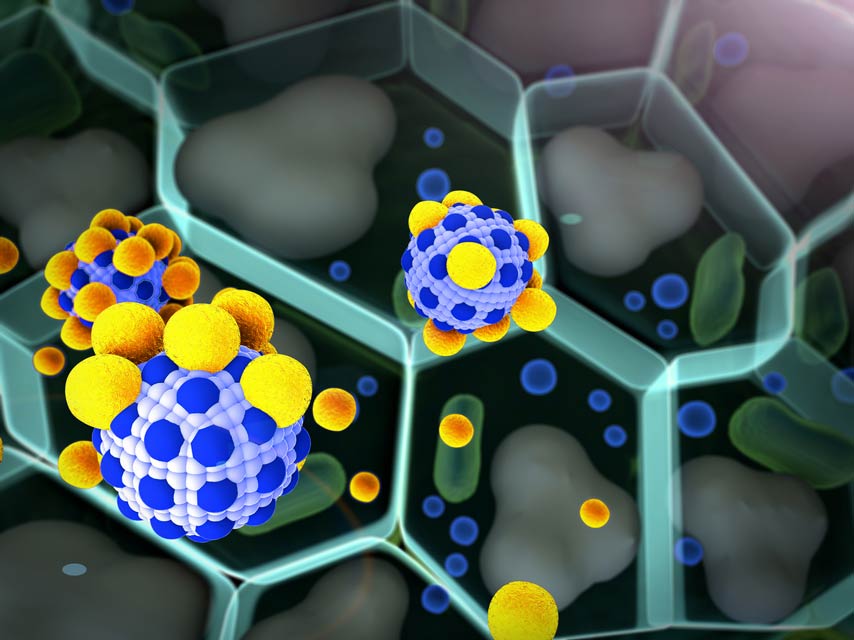Bioavailability of Quercetin

One concern raised by many studying the potential uses of phytochemicals like quercetin is that they don’t seem to be absorbed well by our bodies at levels capable of producing health benefits.3 However, like most flavonols, quercetin is most often found in a form known as a glycosylated conjugate—in non-technical terms, a compound of quercetin molecules bound to sugar molecules.3 Fortunately for us, tests show that this most prevalent form of quercetin is apparently the easiest for our bodies to absorb, making its powerful positive effects bioavailable to our cells, and there are many research studies that corroborate these health benefits.2
There is a large body of scientific evidence showing that the quercetin clearly has extremely potent antioxidant properties, as well as important cancer-fighting capabilities. Most information regarding quercetin is based upon lab and animal studies, but certainly suggests the potential for human benefits.
The problem is that in vitro effects of quercetin on cells may not be representative of their effects within the human body. Why? Because the form it naturally occurs in, as a glycoside, cannot be broken down and absorbed by the body’s enzymes, and instead is metabolized (hydrolyzed) by bacteria in the intestinal tract.20 However, the metabolites are still believed to maintain a weaker version of the positive effects the original glycoside form displayed in vitro.21
Tests have demonstrated that quercetin can maintain bioavailability longer in the body when fused with sugar molecules.22 For example, blood plasma levels of quercetin were notably higher after consuming fried onions, which fuses sugar molecules to quercetin (quercetin 3-glucose) then after consuming quercetin glycoside (pure quercetin) by itself. The form of quercetin when consumed thus seems to influence its rates of absorption.22-23

